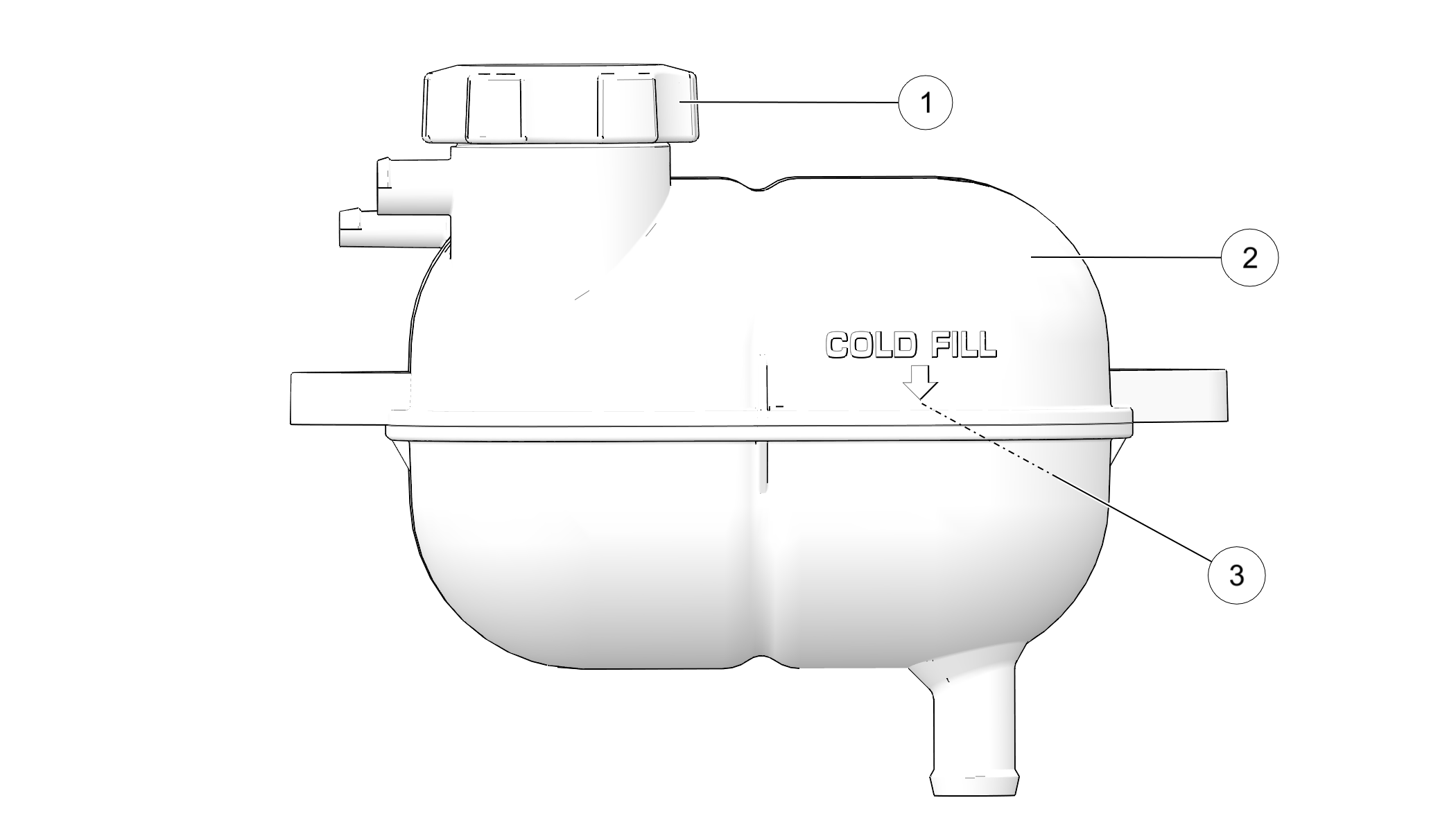The engine coolant
level is maintained by the recovery system. The recovery system components
are the recovery bottle, recovery
bottle pressure cap and connecting hose.
As coolant operating
temperature increases, the expanding (heated) excess coolant is forced
out of the radiator and into the
recovery bottle. As engine coolant temperature decreases,
the contracting (cooled) coolant is drawn back from the tank and
into the radiator.
| NOTICE |
| Some coolant level drop on new vehicles is normal as the system is
purging itself of trapped air. Observe coolant levels and
maintain as recommended by
adding coolant to the recovery bottle. |
Coolant
Always use POLARIS
SLINGSHOT 50/50 Antifreeze or another DEX-COOL®-approved 50/50 premixed
antifreeze for your vehicle. DO
NOT use POLARIS Antifreeze 50/50 Premix.
To ensure that
the coolant maintains its ability to protect the engine, we recommend
that the system be completely drained
every five (5) years and fresh antifreeze added.
See your authorized dealer for this service.
Always check and
change the coolant at the intervals outlined in the Periodic Maintenance
Chart beginning on
Periodic
Maintenance.

